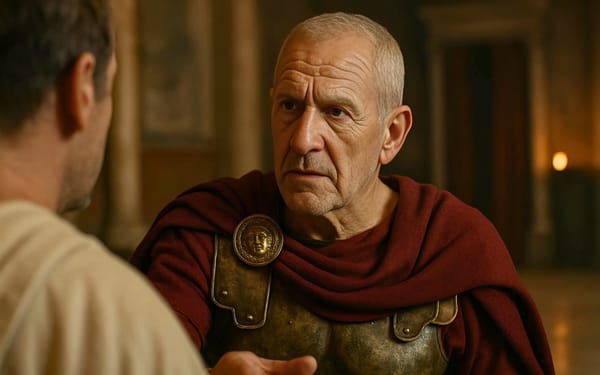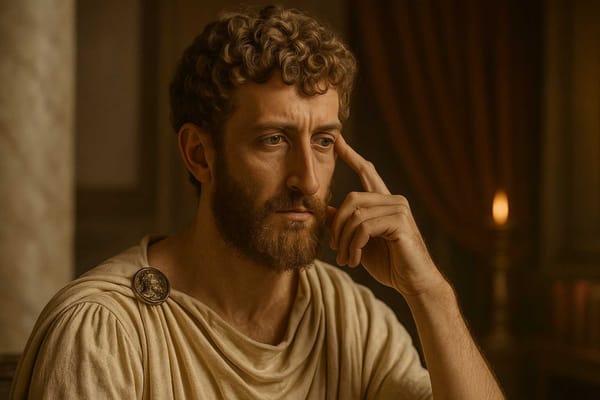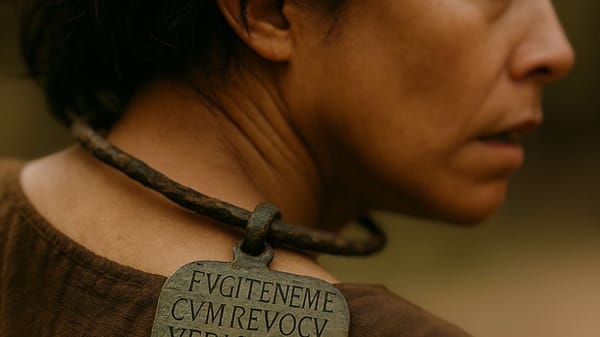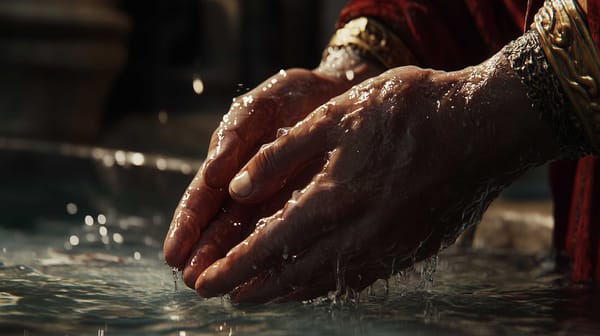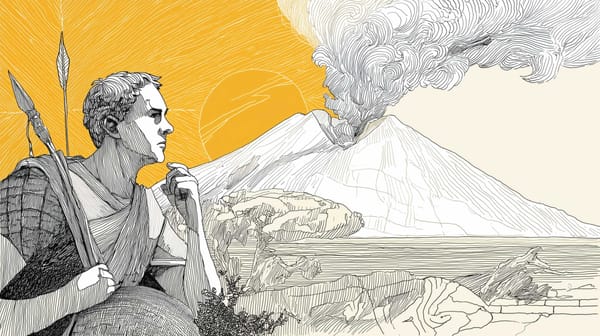
Roman Empire Anecdotes
Septimius Severus: Founder, Fighter, and Father of a New Rome
From the sands of Africa to the edge of Britain, Septimius Severus rose as an emperor forged by ambition and war. Neither Rome-born nor Senate-chosen, he remade the Empire in his image—provincial, militarized, and enduring.
